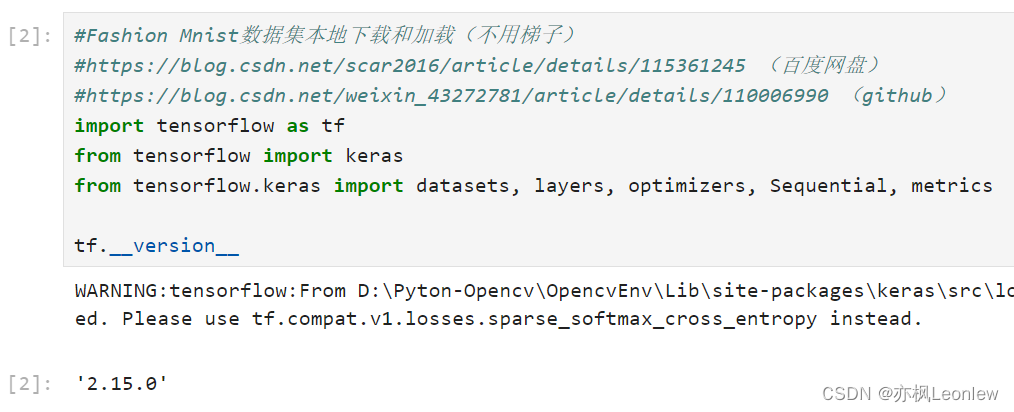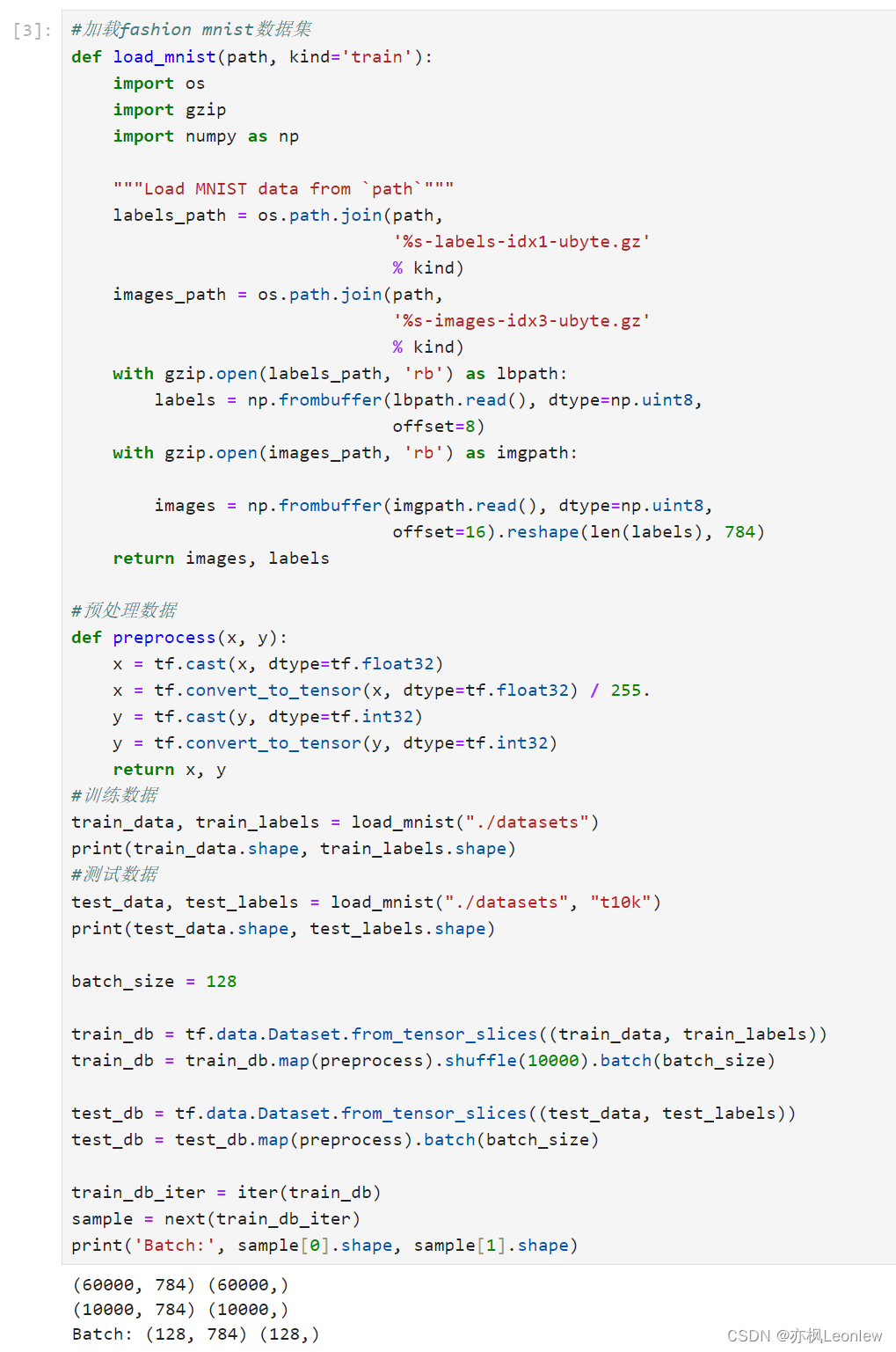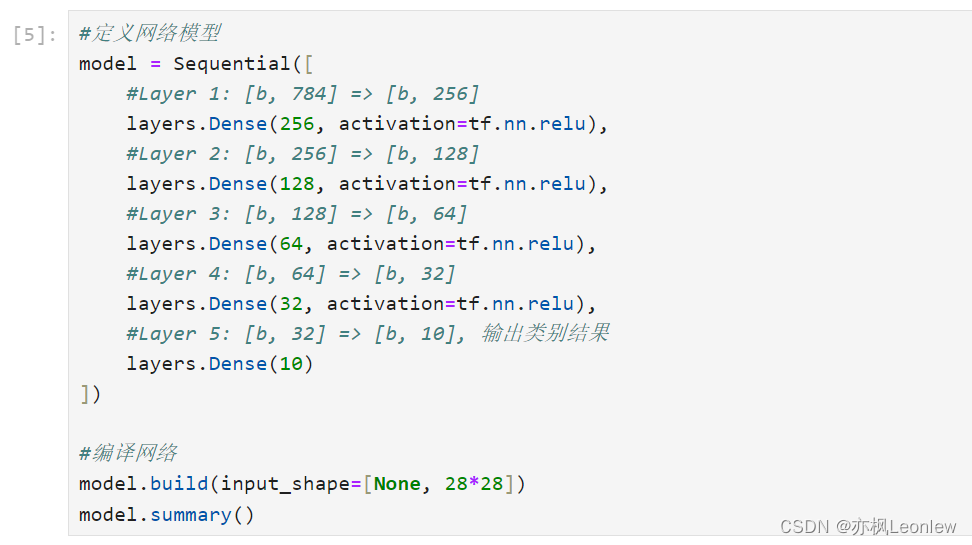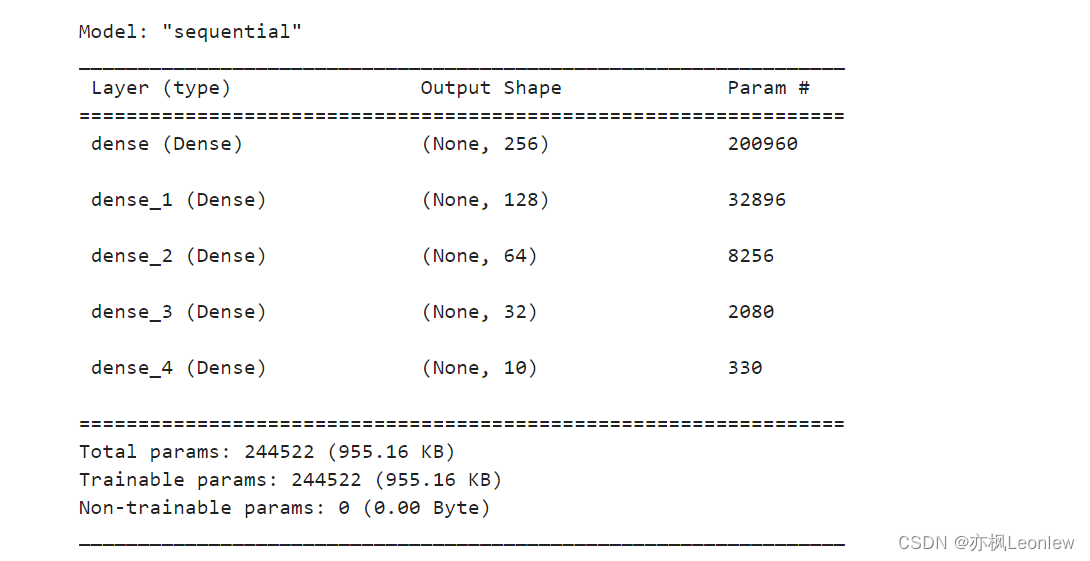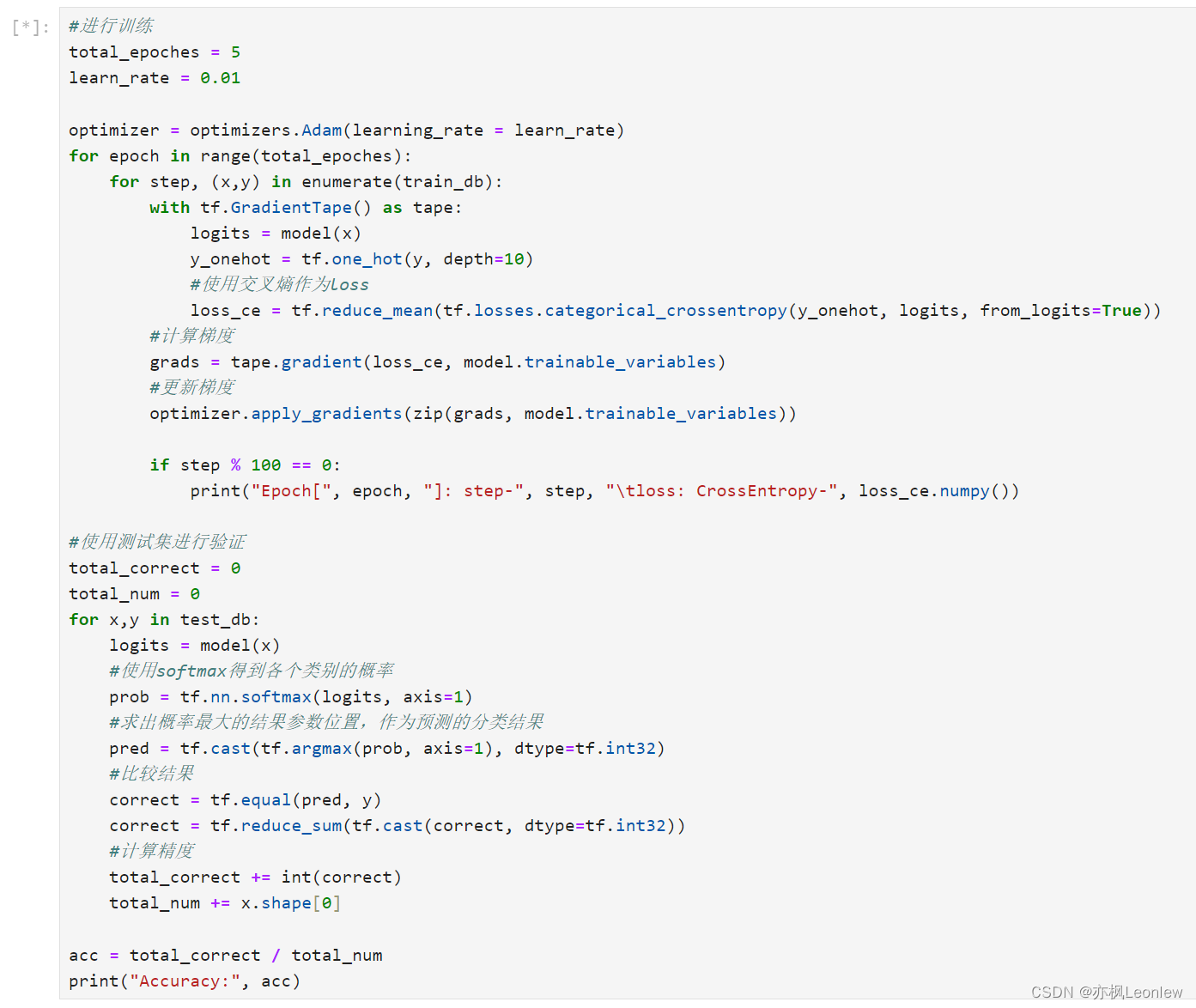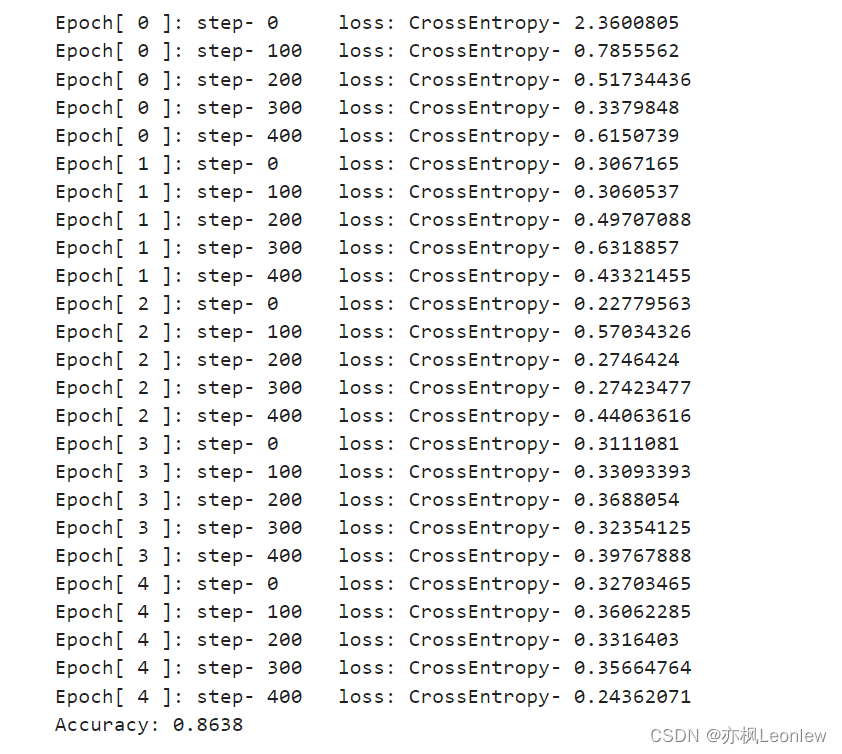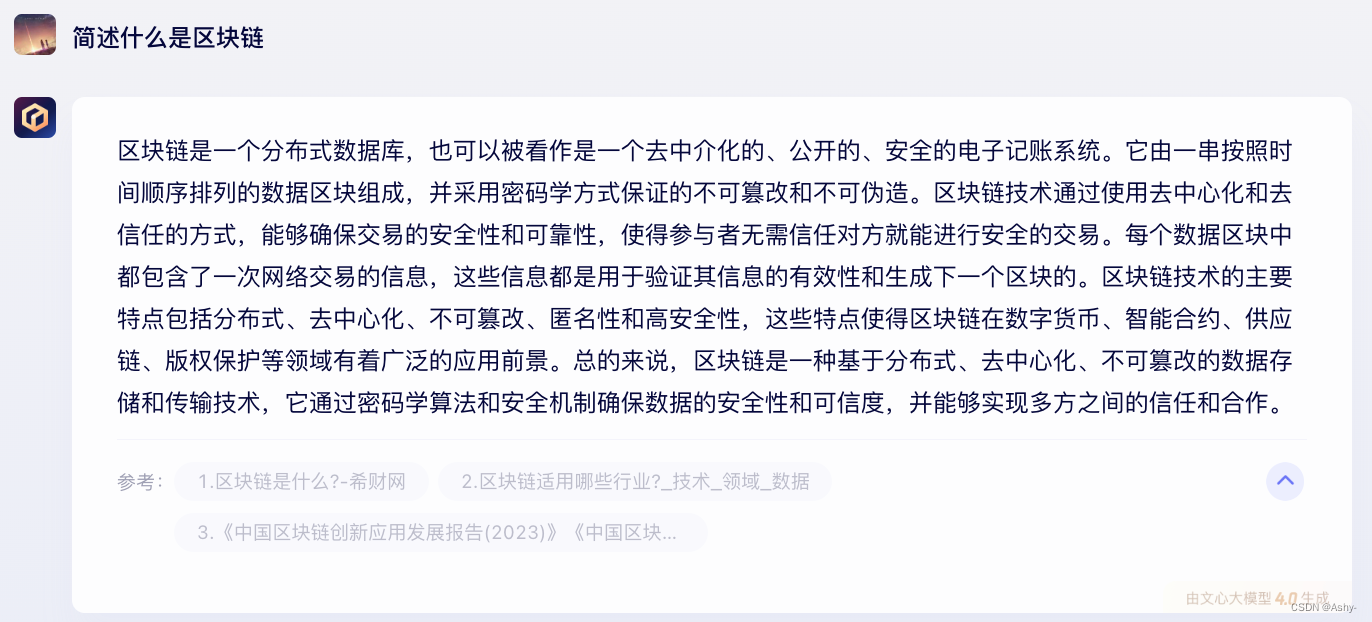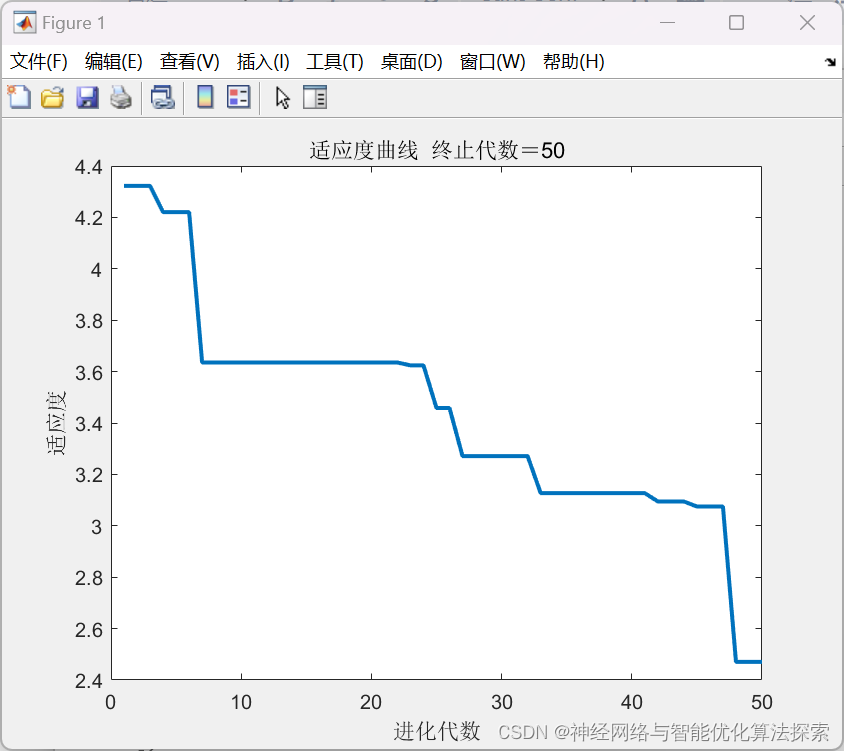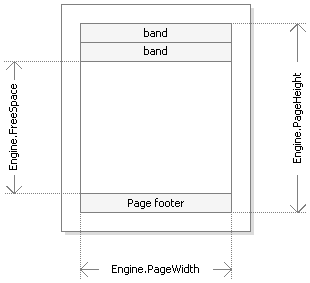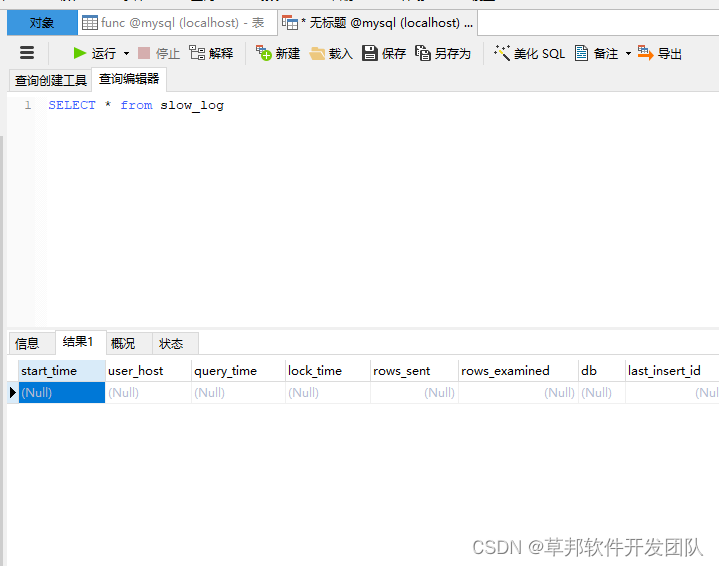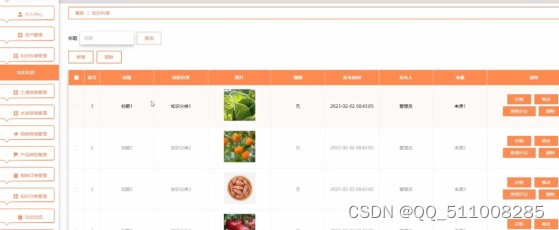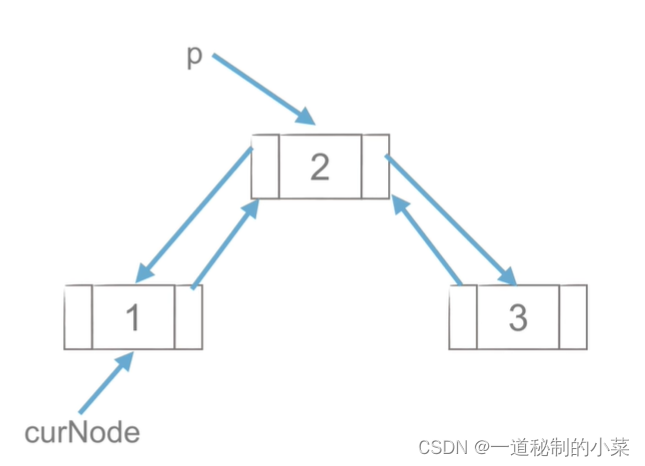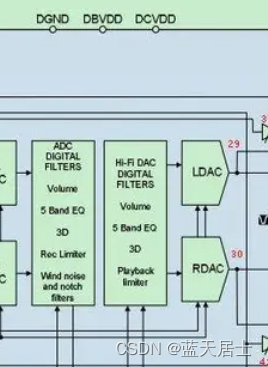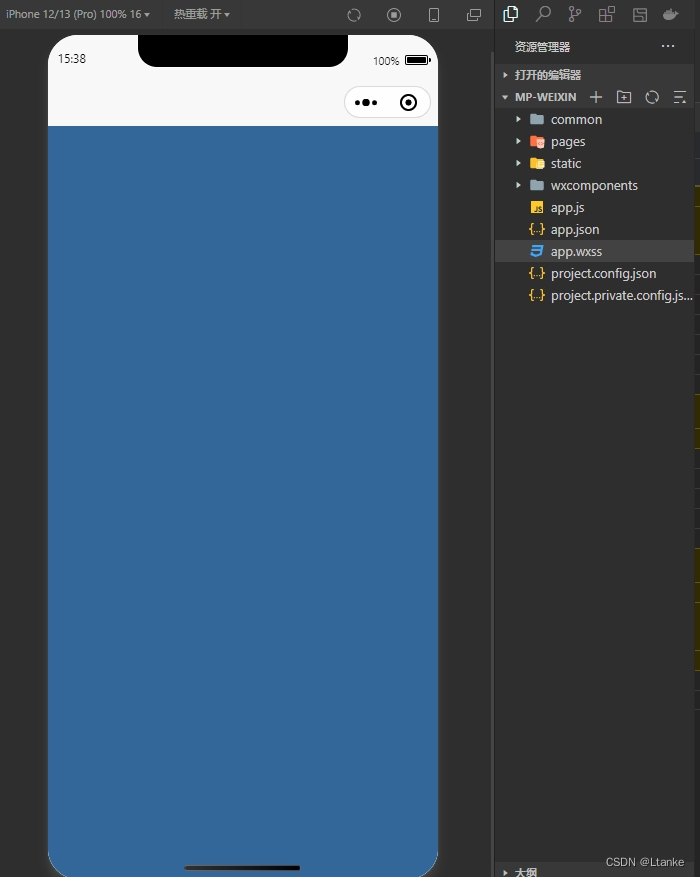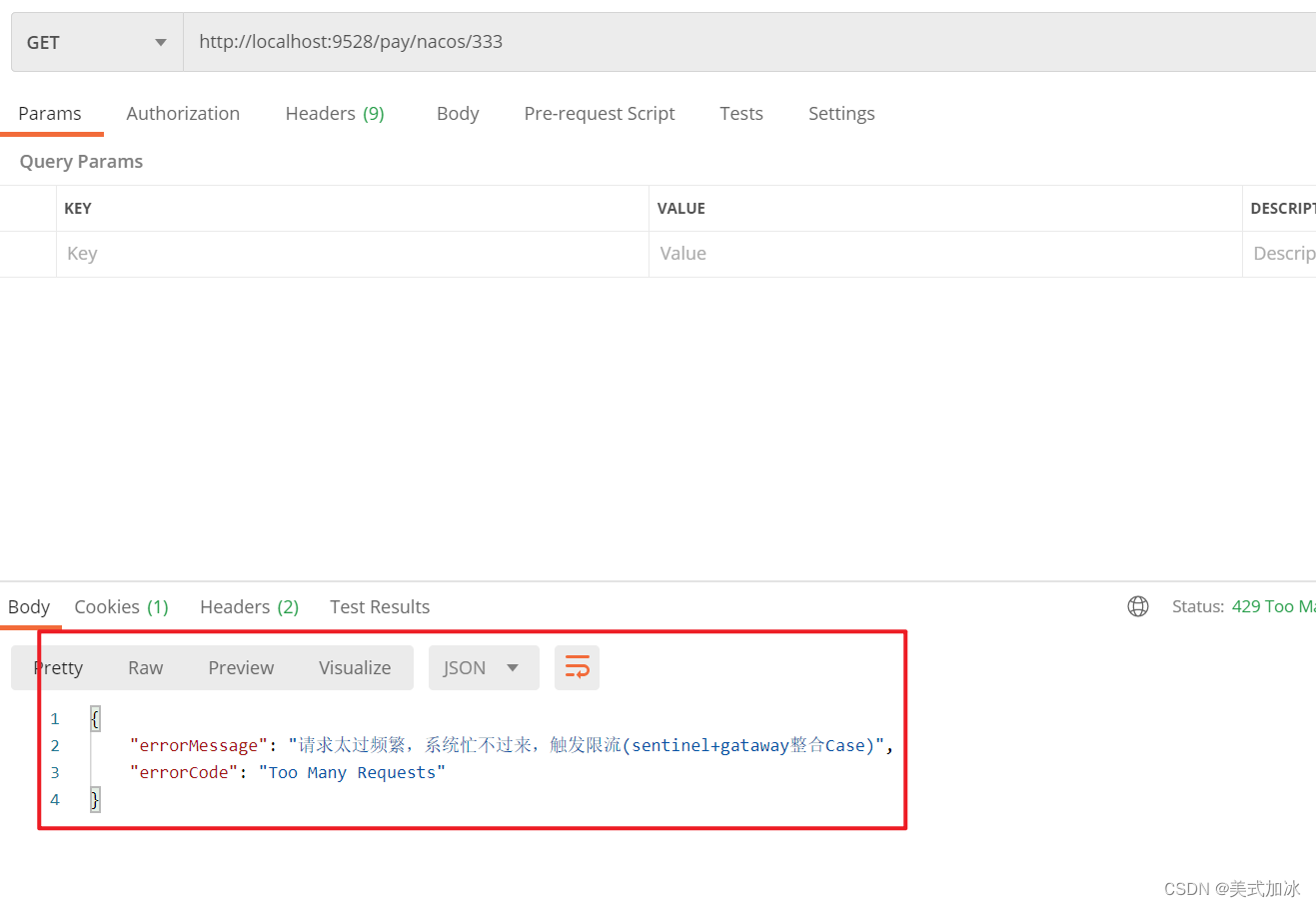本笔记使用FashionMnist数据集,搭建一个5层的神经网络进行训练,并统计测试集的精度。
本笔记中FashionMnist数据集是直接下载到本地加载的方式,不涉及用梯子。
关于FashionMnist的介绍,请自行百度。
#Fashion Mnist数据集本地下载和加载(不用梯子)
#https://blog.csdn.net/scar2016/article/details/115361245 (百度网盘)
#https://blog.csdn.net/weixin_43272781/article/details/110006990 (github)
import tensorflow as tf
from tensorflow import keras
from tensorflow.keras import datasets, layers, optimizers, Sequential, metricstf.__version__#加载fashion mnist数据集
def load_mnist(path, kind='train'):import osimport gzipimport numpy as np"""Load MNIST data from `path`"""labels_path = os.path.join(path,'%s-labels-idx1-ubyte.gz'% kind)images_path = os.path.join(path,'%s-images-idx3-ubyte.gz'% kind)with gzip.open(labels_path, 'rb') as lbpath:labels = np.frombuffer(lbpath.read(), dtype=np.uint8,offset=8)with gzip.open(images_path, 'rb') as imgpath:images = np.frombuffer(imgpath.read(), dtype=np.uint8,offset=16).reshape(len(labels), 784)return images, labels#预处理数据
def preprocess(x, y):x = tf.cast(x, dtype=tf.float32)x = tf.convert_to_tensor(x, dtype=tf.float32) / 255.y = tf.cast(y, dtype=tf.int32)y = tf.convert_to_tensor(y, dtype=tf.int32)return x, y
#训练数据
train_data, train_labels = load_mnist("./datasets")
print(train_data.shape, train_labels.shape)
#测试数据
test_data, test_labels = load_mnist("./datasets", "t10k")
print(test_data.shape, test_labels.shape)batch_size = 128train_db = tf.data.Dataset.from_tensor_slices((train_data, train_labels))
train_db = train_db.map(preprocess).shuffle(10000).batch(batch_size)test_db = tf.data.Dataset.from_tensor_slices((test_data, test_labels))
test_db = test_db.map(preprocess).batch(batch_size)train_db_iter = iter(train_db)
sample = next(train_db_iter)
print('Batch:', sample[0].shape, sample[1].shape)#定义网络模型
model = Sequential([#Layer 1: [b, 784] => [b, 256]layers.Dense(256, activation=tf.nn.relu),#Layer 2: [b, 256] => [b, 128]layers.Dense(128, activation=tf.nn.relu),#Layer 3: [b, 128] => [b, 64]layers.Dense(64, activation=tf.nn.relu),#Layer 4: [b, 64] => [b, 32]layers.Dense(32, activation=tf.nn.relu),#Layer 5: [b, 32] => [b, 10], 输出类别结果layers.Dense(10)
])#编译网络
model.build(input_shape=[None, 28*28])
model.summary()#进行训练
total_epoches = 30
learn_rate = 0.01optimizer = optimizers.Adam(learning_rate = learn_rate)
for epoch in range(total_epoches):for step, (x,y) in enumerate(train_db):with tf.GradientTape() as tape:logits = model(x)y_onehot = tf.one_hot(y, depth=10)#使用交叉熵作为lossloss_ce = tf.reduce_mean(tf.losses.categorical_crossentropy(y_onehot, logits, from_logits=True))#计算梯度grads = tape.gradient(loss_ce, model.trainable_variables)#更新梯度optimizer.apply_gradients(zip(grads, model.trainable_variables))if step % 100 == 0:print("Epoch[", epoch, "]: step-", step, "\tloss: CrossEntropy-", loss_ce.numpy())#使用测试集进行验证
total_correct = 0
total_num = 0
for x,y in test_db:logits = model(x)#使用softmax得到各个类别的概率prob = tf.nn.softmax(logits, axis=1)#求出概率最大的结果参数位置,作为预测的分类结果pred = tf.cast(tf.argmax(prob, axis=1), dtype=tf.int32)#比较结果correct = tf.equal(pred, y)correct = tf.reduce_sum(tf.cast(correct, dtype=tf.int32))#计算精度total_correct += int(correct)total_num += x.shape[0]acc = total_correct / total_num
print("Accuracy:", acc)运行结果:
